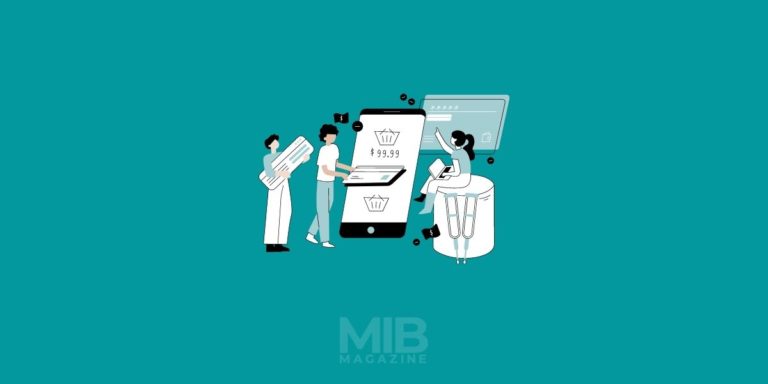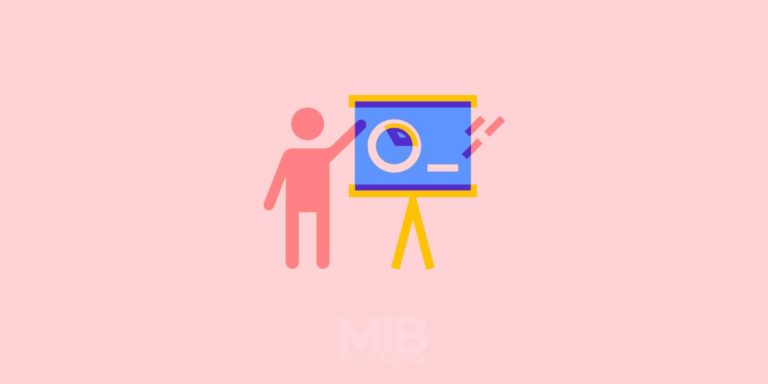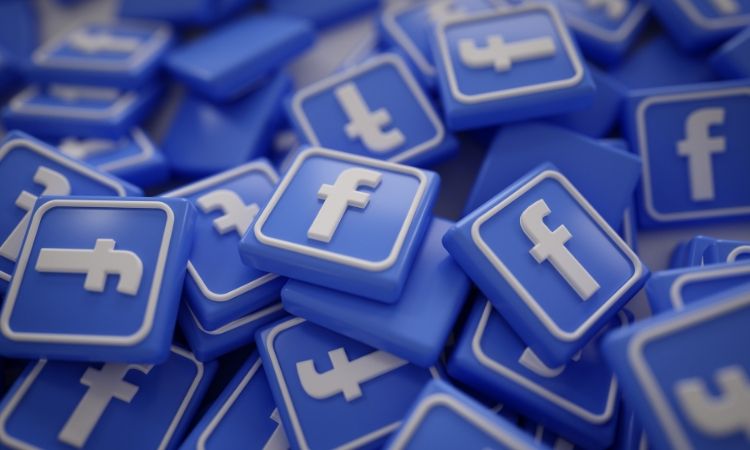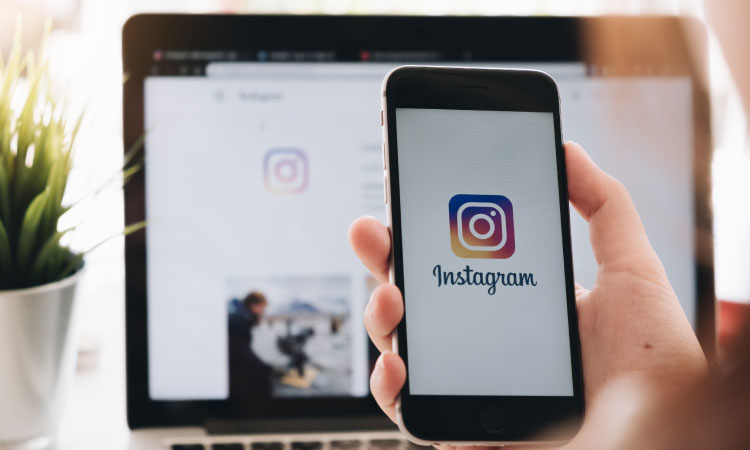5 Automation Ideas To Personalize Your Marketing Campaigns
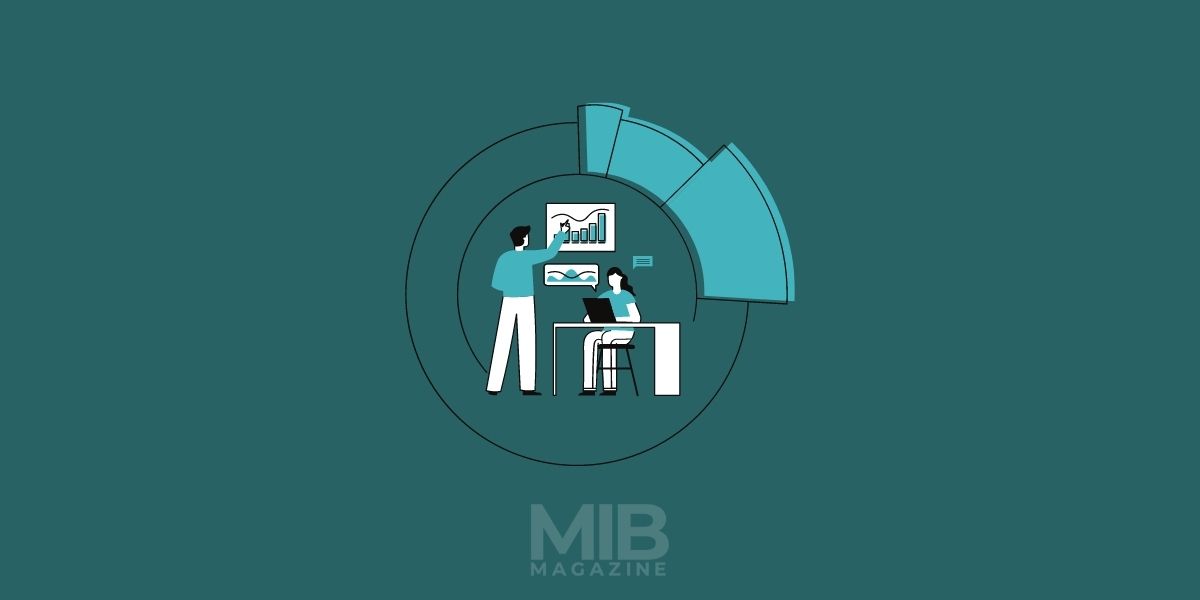
In today’s market, it’s becoming increasingly important to create a personalized experience for your customers. When you make each prospect feel like they’re the only one, they’ll appreciate your company and be more likely to buy from you in the future.
What Is Personalization
Personalization is one of the most important marketing trends today, and a solid way to build a relationship with a prospect or customer. It can also be a great way to increase sales without having to invest in more manpower. For instance, sending messages relevant to the receiver’s interests and needs can increase your response rate, which is critical for marketing success.
The goal of personalization is for messages not to be sent out blindly, but somewhat specific to each individual person you’re targeting. When used in direct campaigns, it involves marketers sending out letters based on what they know about the prospect or customer. It can also mean taking out existing content and changing it based on what the person would most like to see. When applied in a message, personalization would allow the person receiving it to see their name at least once or twice throughout the email. This makes it more personal to them, making them more likely to open and read the message.
However, there’s a downside to personalization as it can be highly time-consuming and expensive. It can become a manual process that requires additional staff and time. These are why many companies use AI to personalize marketing efforts so optimal results are achieved.
What Automation Can Do For Personalization
Automation can be a great way to help companies save time and stay organized. It utilizes technology to speed up the way that data is collected, analyzed, and channeled into many different parts of your company. This can lead to an improvement in cost-efficient practices and employee productivity. Another way that automation has helped marketers is when it comes to the personalization of their messages.
Moreover, because of the advantages of online marketing, more and more businesses are looking for ways to automate specific business functions. This practice can help them keep up with demand and maximize effectiveness without draining resources. Also, there are automation software programs out there that can make life easier when it comes to this.
For example, if you have a sales funnel in place, it’ll be advantageous to use software that allow you to set up automated sequences wherein users receive one type of message depending on their response and behavior. If they click on a specific ad, but don’t visit the website, the software can also send them a reminder via email or push notification. If they see the pricing page, but don’t purchase after a specific period, you can be informed so you can lower the price and send them a corresponding message afterward.
While you may not need to automate everything, here are five ideas that you can use to personalize your own marketing campaigns:
1. Personalize Landing Pages
Landing pages are one of the best ways to bring people into your sales funnel quickly. It’s where people who are at the top of your marketing funnel go. Together with improving landing page SEO, you can also use automation to maximize their benefits. Through automation, you may duplicate pages easily and only change them when needed. You may even only need to customize just a few keywords and a few content pieces.
After setting up your landing page, you’ll need to have either a rule-based or keyword-based automation. Rule-based automation means that your message will be sent based on what the person typed into a search bar. With keyword-based automation, you’ll need to select what keywords trigger the email to be sent out. From there, you can insert personalized content, such as adding their name to your email subject line. You can also integrate these into your thank you page after submitting their contact information.
2. Improve Email Marketing Campaigns
Email is one of the most popular forms of marketing, but it can be counterproductive if you’re doing it manually. Sending personalized emails can take a significant amount of time, plus there’s also the cost of having someone do this for you.
One way to solve this concern is by automating your emails. This process involves using data analysis tools and lists of customers’ names to create publicly viewable messages sent to your entire mailing list or just a few subscribers. You can, then, set up an email marketing automation sequence to send the information to your target leads at the right time. For instance, you can get leads that visited your pricing page and offer them a discount on that product after a few days or weeks. This way, you’ll be able to engage with them without having to annoy them with irrelevant offers on products that they didn’t even search for.
You may even use this approach for a personalized welcome series. When a customer signs up for a free trial for a product you’re offering, you can automatically send them a welcome email right away with links to helpful tutorials. You could also create a personalized series of emails about other features that you offer. As part of your email marketing campaign, you may also try sending customized digital birthday cards, holiday cards, or other personalized cards. It’s a great way to keep customers engaged and feeling appreciated.
Another idea is to use an automation tool to create or schedule email responses for common questions. You can set up response templates to answer frequently asked questions, such as your store’s address and directions to get there. It may also be any other information you think your customer might need to know upon arriving at your store.
3. Filter Unwanted Customers
Using a list of criteria, you can also automate your software or application to filter out customers that don’t fit your ideal profile. This helps reduce clutter on your mailing lists and sends more relevant information to those you think would be interested in what you have to offer.
Another way this can be used is by creating a sequence that assigns scores to your customers. For example, you could keep track of how many times each customer has visited your store and if they’ve ever made a purchase. If the score is below a specific number, you can filter them out until they make another purchase. You may also help increase their score by engaging with them through email or text.
4. Create Coupons And Provide Alerts for Specific Price Drops
Coupons and price drops are some of the most popular kinds of marketing campaigns. They help boost sales, but they also drive more traffic to your store or website. They can also make customers feel that they’re valued if your offer really interests them.
You can create coupons for specific products, which is excellent if you want to increase the number of people who buy that particular item or offer a flat coupon on the entire order. Through automation, you may also create personalized discounts or free shipping based on the total amount spent or the number of purchases made with your business. For example, if a customer pays over USD$100, they could receive a 10% off coupon for their next purchase.
In addition to receiving personalized coupons, you can also use automation tools to send alerts when the price of a specific item is dropped below a certain amount. For instance, if the product falls below USD$20, automation will allow your business to send out a text message notification with an exclusive discount. You can also choose to send this alert via email to those customers who aren’t text-savvy. Lastly, this can be helpful if specific customers have been viewing products, but not buying them. It encourages them to make a purchase before the price goes up again.
5. Schedule Social Media Posts
Social media automation is also an option, allowing you to post or tweet at specific times throughout the day. You can also use scheduling platforms to create lists of different messages sent out during specified times throughout the week. For example, if your business has a sale starting Friday morning and ending Sunday night, you can have a message ready to be posted on each of those days.
By automating your posts, you can send out your messages at the right time. This can help you save time managing your social media accounts, as well as cater to others aspects of your business. Using social media and automating them can also be a great way to engage with your audience regularly and find trending topics you can use as an opportunity to post content about your business.
Conclusion
This is only a short list of automation ideas that you could implement in your marketing efforts. The truth is that there are many ways to optimize this process, and it all depends on your creativity. From building custom order forms to filtering out unwanted customers, you can create personalized experiences for each customer through automation. You may not be able to do it all on your own, but there are many automation software and tools out there to take away some stress so you can focus on what matters most—to grow your business.
FAQs
Automation Ideas To Personalize is a process which uses technology to customize a customer’s experience with a company in real time, tailoring products, services, and content according to each individual user’s needs and preferences.
Automation can help personalize experiences by simplifying and streamlining processes, such as sending personalized emails or displaying personalized content to customers based on their interests and behaviors.
Some benefits of using automation to personalize experiences include increasing customer satisfaction, reducing costs associated with manual processes, and boosting engagement with customers.
Automating customer experiences depends on the company and its needs. Automation can be done manually or by using an automation platform, or third-party service that helps you set up automated workflows tailored to customers’ needs.
Some examples of automation for personalizing customer experiences include sending personalized emails, displaying personalized content to customers based on their interests and behaviors, and giving customers incentives based on past interactions and purchases.
Measuring the success of personalized customer experiences depends on the company’s goals. However, common metrics to measure the success of customer experiences include customer satisfaction, customer engagement, lead generation, and sales.
Technologies used in personalization include artificial intelligence (AI), machine learning (ML), natural language processing (NLP), and data analytics.
The risks of personalization include compromising data privacy, intrusiveness, and potential bias in technology or content.
Companies can ensure data security for personalizing customer experiences by following data privacy regulations, enforcing strict security protocols and data policies, and using secure, encrypted networks and systems.
Automated personalization services offer advantages such as increased efficiency, cost savings, and improved customer experience and engagement.


